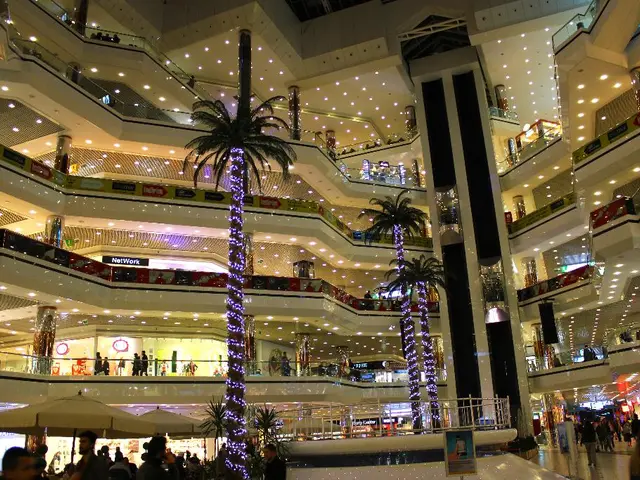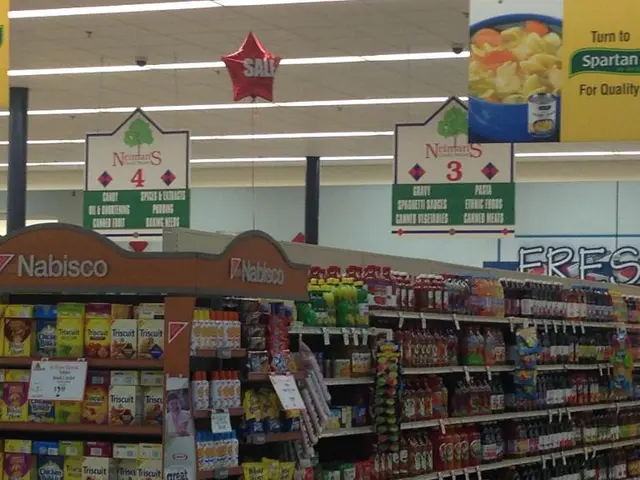Struggles Within the Retail Distribution Network: An In-depth Look
Unraveling the Complexities in Retail Supply Chains
Consumers enjoy a seamless shopping experience, oblivious to the myriad activities that happen behind the scenes. Whether shopping in-store or online, it is generally easy to purchase goods whenever and wherever desired. However, the retail supply chain is not as straightforward as it seems, particularly for small retailers.
The Intricacies of Retail Supply Chains
Several factors contribute to the complexity of retail supply chains, making it challenging for small retailers to navigate these waters:
- Supplier Management: Ensuring timely deliveries, coordinating with multiple suppliers, and negotiating favorable terms pose challenges, primarily due to limited resources and bargaining power.
- Inventory Issues: Small retailers struggle with inventory management due to limited storage space and high costs associated with unsold stock. This can lead to overstocking or understocking, impacting cash flow and customer satisfaction.
- Supply Chain Disruptions: Delays in transportation, equipment breakdowns, and labor disputes can halt the supply chain, causing stockouts or overstocking, which may be more pronounced for small retailers.
- Demand Forecasting: Accurately predicting demand is challenging due to limited data and resources. Overproduction or underproduction can impact profitability and customer satisfaction.
- External Challenges: Geopolitical and environmental factors, such as trade policies, tariffs, and climate change, can significantly impact supply chains. Navigating these complexities can be difficult for small retailers due to limited resources and adaptability.
- Compliance and Regulations: Meeting various regulations, including product safety and environmental standards, can be complex and costly. This challenge is more pronounced for small retailers operating in diverse regulatory environments.
- Data Asymmetry: Uneven access to data across partners can hinder decision-making and coordination, making it difficult for small retailers to optimize their supply chain operations.
- Customer-Centric Responsiveness: Small retailers need to be agile and responsive to changing customer needs. To remain competitive, they must quickly adapt to changes in demand and market conditions.
Small Retailers: Limited Resources and Vulnerability
Small retailers often grapple with limited resources, including finances, technology, and human resources. This hinders their ability to manage complex supply chains effectively. They also have less leverage when negotiating with suppliers and logistics providers, making them more vulnerable to supply chain disruptions.
Conclusion
The retail supply chain is intricate, presenting numerous challenges to small retailers. By understanding these complexities and adopting appropriate strategies, small retailers can navigate their supply chains more effectively and compete with larger retailers. The next time you make a purchase, spare a thought for the hardworking people who ensure that the goods you desire are available when and where you want them.
- The pressure of maintaining inventory accuracy is immense for small retailers, as inadequate storage space and high costs associated with unsold stock can lead to both overstocking and understocking, impacting cash flow and customer satisfaction.
- Improper inventory management can have a profound effect on small retailers, as it can lead to supply chain vulnerability, causing disruptions in omnichannel fulfillment.
- In the retail industry, logistics and transportation play a crucial role in ensuring timely deliveries and efficient distribution of goods, but small retailers may face challenges due to their limited bargaining power and resources.
- To thrive in the competitive retail landscape, small retailers must demonstrate agility and responsiveness to changing customer needs and market conditions, a feat achievable through advanced inventory management and supply chain visibility.
- Compliance with regulations and industry standards can be a significant financial burden for small retailers, particularly those operating in multiple geographical locations and dealing with a diverse set of regulations.








